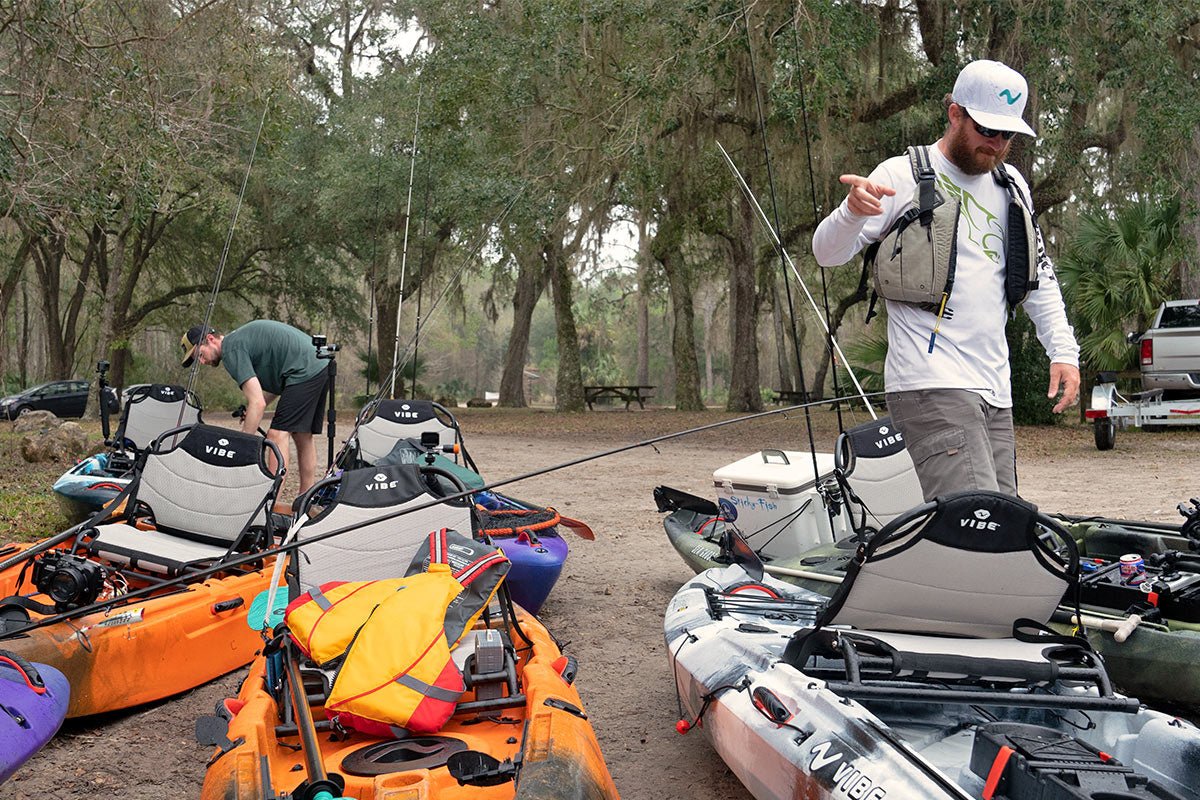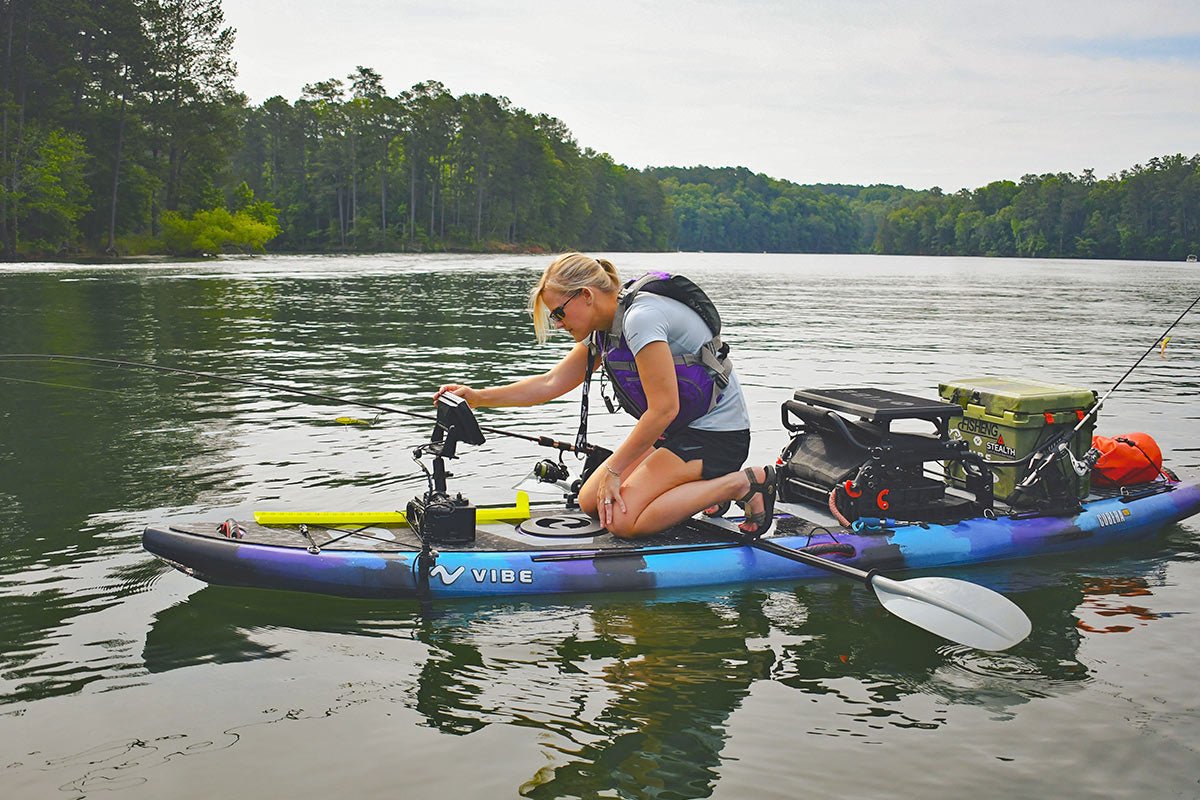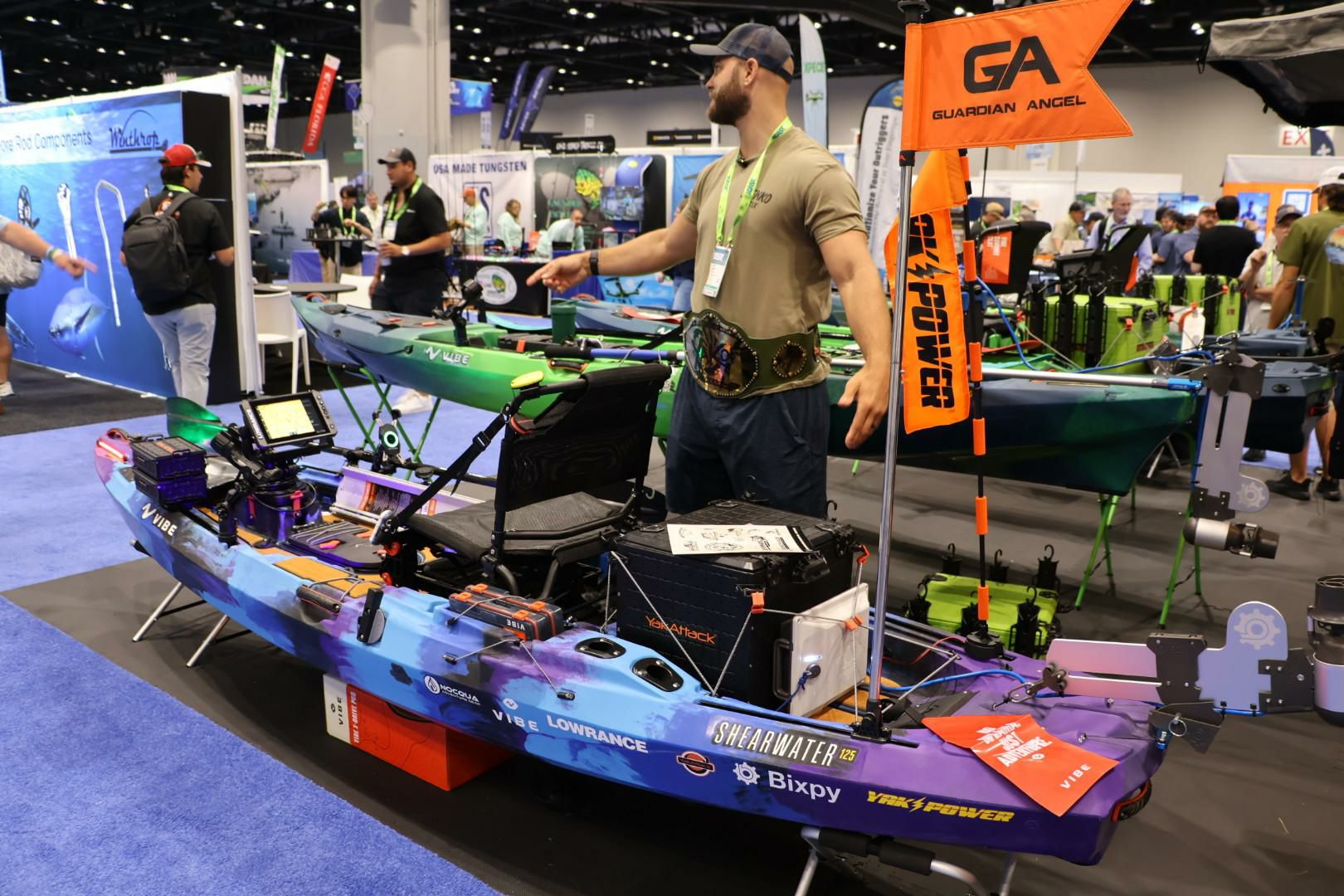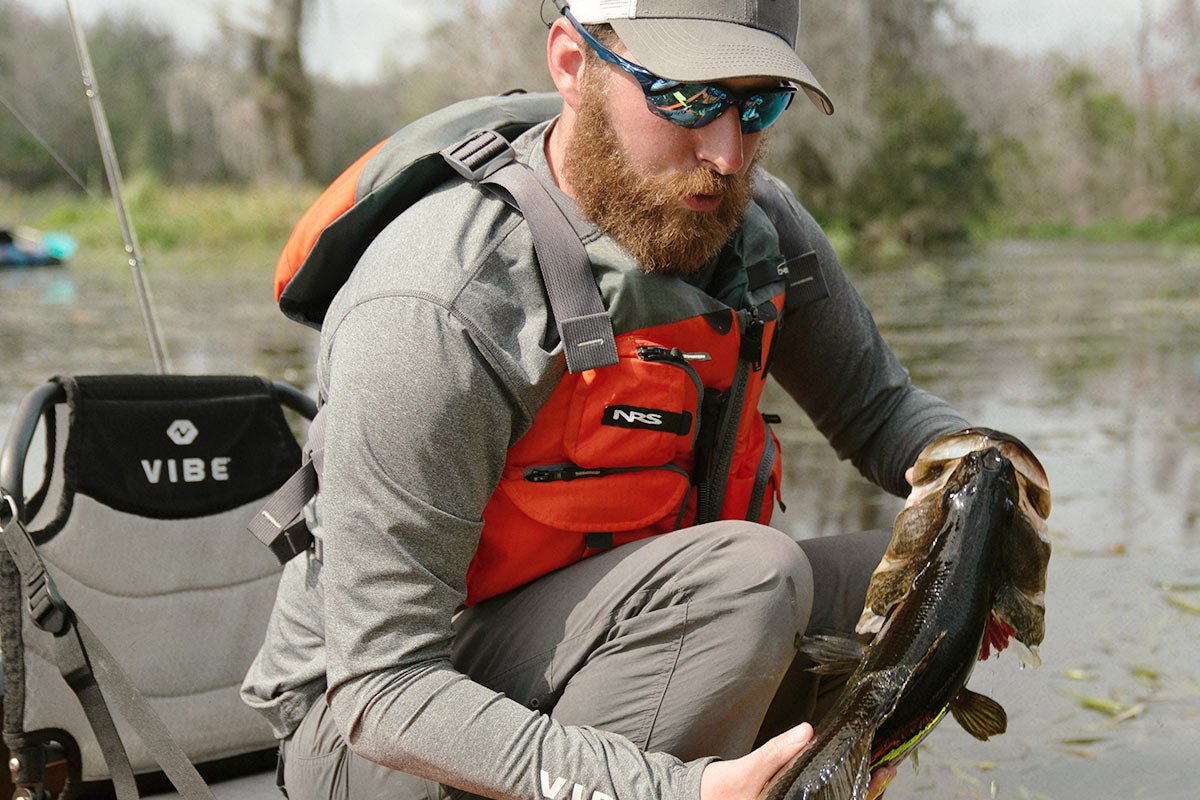Kayaking Safety 101

So you’ve decided to take the plunge and combined your two hobbies into one. Great. Whether you are an experienced fisherman taking out the kayak with your tackle for the first time, or are a complete novice in both fishing and kayaking, here's a quick checklist for "security" gear that will help get you started.
(1) First things first: a PFD.
If you haven’t been in a kayak before, you should know that it is almost inevitable that at some point you will end up taking a dip into the water. This is something to prepare for and get used to. Your PFD or Personal Floatation Device is essential. Strap it on and keep it on. If you get a little aggressive with that first bite on your hook, you want to make sure that you’re ready for anything.
(2) A Paddle.
It may seem like an obvious choice, but anyone who has spent enough time in a kayak will tell you how important this selection will be. You need to have a paddle that feels comfortable to you. Take your time in selecting one. Feel out a few for size and weight so that the likelihood of it slipping out of your hands is minimal.
(3) Keep your gear from taking a plunge – Dry Bags, Leashes, Rod Holders.
While leashes are critical to ensuring your paddle stays with your kayak should it take a tip-over, dry bags in various sizes are just as critical as safety equipment when they contain your cell phone, car keys, dry clothes in inclement weather, and other essential stuff.
Along with securing your paddle, leashes and rod holders also allow you to secure a fishing rod to your kayak. This is a fundamental part of kayak fishing gear, especially for seasoned anglers who are not used to the limited mobility within the kayak. You’re going to need the freedom of your hands for fishing, and the last thing you want is to be distracted and drop either paddle or rod into the water.
(3) An Anchor.
Having something that not only increases safety, but also enhances and eases the control of your kayak is always important to have on board. This is especially important if you are heading out in unfamiliar territory and cannot predict the currents. In addition, if you're a kayak angler, having an extra amount of control will give you the best chance of scoring some fish.
(4) Gear Storage.
Having the right safety gear on your kayak means having the means of storing them on your kayak where and when you need it.
Vibe's awesome collection of mesh storage gear options that attach to seats, crates, coolers and more means never having to decide between what to take and what not to take.
If you're an angler, you will most likely need some extra storage for your kayak fishing gear. Often, kayakers use a crate in the tankwell for storing equipment such as rod holders, knives and so forth. Be sure to throw some extra bungee cords on board too in case you need to strap anything extra down for storage.
(5) Last but not least: Storage for you Catch. Having a waterproof cooler or some sort of bag that will store your fish for a period of time while you are out on the water, is important for keeping it fresh. But you must also consider the size of your kayak. Remember that space is limited so pack accordingly.
(6) Other safety essentials. Some other basic safety essentials should include: a whistle, first aid kit, appropriate attire matching the forecasted weather, waterproof storage, waterproof flashlight, and of course, a buddy or a float plan that lets someone know where you are going.
These are just a few of the basic kayak fishing gear essentials. Hopefully these 5 quick tips will help you get started and guide you in gearing up for your kayak fishing adventures.



